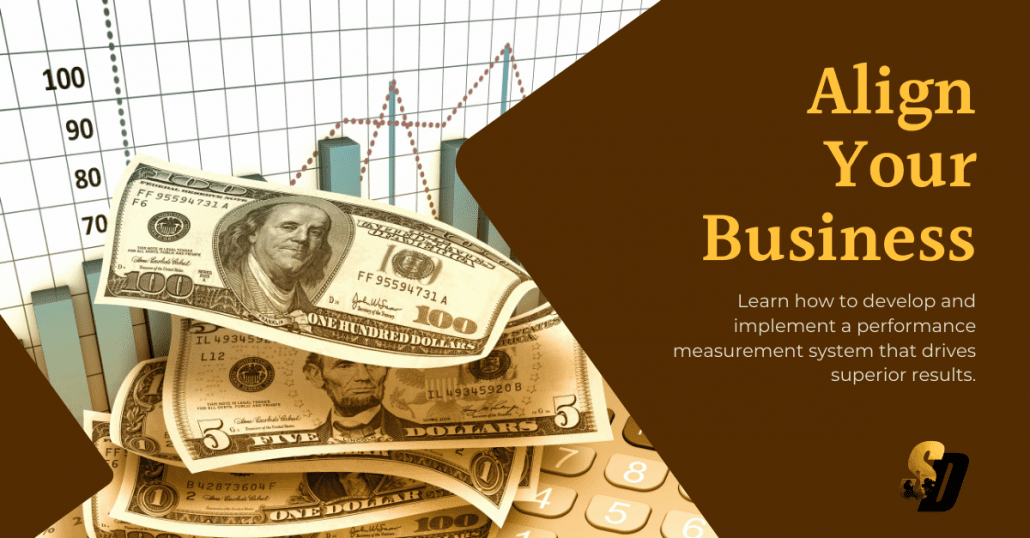Today’s Battle for Data – in the Wind and the Cloud

Windmill technology has dramatically improved over the past few decades. For example, GE has developed blades and rotors that sense the wind direction and adjust a windmill’s tilt/shift in order to optimize its ability to catch the wind. In addition, many windmill “farms” optimize the way they work together since one windmill’s direction and tilt affects the downwind performance of all other windmills. Because a group of windmills operating together is more efficient than individual windmills operating separately, when one windmill fails, the efficiency of the entire farm can be adversely affected.
Industry leaders, including GE and Siemens, have developed their own optimization and monitoring services that use the data coming off the windmills to remotely monitor performance and proactively do repairs to maximize windmill uptime. However, the market for windmills is fragmented with a few large players and a series of smaller players — many of whom are lower-cost manufacturers from Asia and don’t have the scale and/or capabilities to develop and maintain such services.
In response to GE and Siemens’ control of this space, a few ingenious companies are in the process of installing – for free – sensors in both new and existing windmills. These sensors monitor motor vibration and temperature so that they can predict motor failure before it happens. The data are broadcast to the cloud in real time and predictive failure analytics are conducted on the data. Once a motor’s spec goes out of tolerance zones, a team is dispatched to repair the motor before it fails – not only to maximize the “up time” of the windmill, but also to provide peak efficiency for the entire farm.
This enables the smaller players to compete effectively with the larger firms. For example, for smaller Chinese manufacturers trying to compete with GE and Siemens, being able to provide this service is often the difference between making the sale and losing it.
So, how do you make money installing sensors for free? The key is owning exclusive access to the data generated via the sensors and leveraging it by selling higher-margin maintenance contracts back to windmill manufacturers (for newly built windmills) and to farm owners (for retrofitted, existing windmills).
The smaller players are more than willing to allow the sensors to be installed to grant access to the data and pay for higher margin maintenance since they can’t efficiently do this themselves (due to their size and scale). Meanwhile, they gain the ability to compete with the GE and Siemens of the world on services while simultaneously maintaining their cost advantages. In addition, they can eliminate downtime risk via offloading this to its sensor supplier. Therefore, it’s a win-win arrangement for both parties.
Indeed, this is the modern-day equivalent of the “give away the razor and sell the razor blade” story. Today, the razor equivalent (the sensors) is only of value because of the system’s necessity to interoperate and the ability to monitor it remotely via the cloud and predict failure before it happens. In today’s world, it’s often beneficial to give away the hardware but own the data.
As you design a way to monetize your data-collection system, keep these key principals in mind:
- Benefit.The offering needs to provide a clear benefit to both you and your customer.
- Incentive.The giving away of the hardware to access the data can’t be for the purpose of simply selling the data to a third party. Rather, access to the data has to enable you to provide better service at a higher price point than rivals. Your unique access to the data makes it so that your customers want to buy from you since, even at a higher price point, you save them money, time and/or resources.
- Don’t negotiate the “back end” on the “front end.”In the windmill example, had sensor manufacturers attempted to require maintenance contracts before installing the sensors, they’d likely have received substantial pushback for anything that cost them more. However, once the sensors were in place, the added benefit or performance-based maintenance was clear.
About the Author


